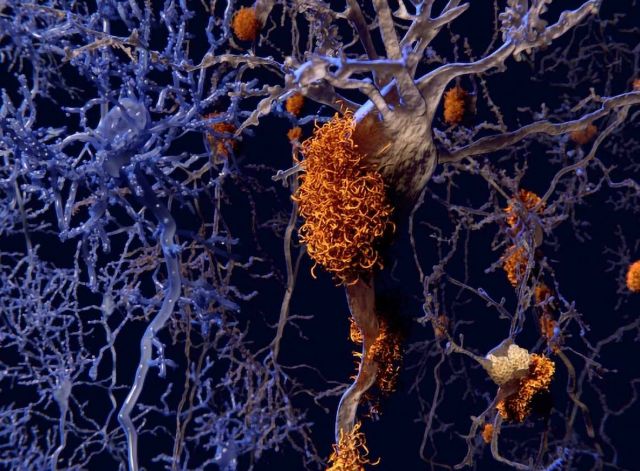Dissolving the Gordian Knot
A ‘druggable’ mechanism of tau protein pathology could lead to new treatment for some of our most devastating neurodegenerative diseases.

In a great stride toward finding an effective treatment for early-stage neurodegenerative diseases, MCDB professor Kenneth S. Kosik and collaborators have uncovered a “druggable” mechanism of pathological tau protein aggregation. For the millions of people at risk for frontotemporal dementia and a host of other such conditions including Alzheimer's, this could signal a shift toward significant management of symptoms or outright prevention of some of our most devastating diseases. “We’re super excited about this,” said Kosik, the UCSB Harriman Professor of Neuroscience and co-director of the campus’s Neuroscience Research Institute. While there is much more work to be done, promising evidence for this treatable mechanism is mounting and the stage is set for future investigations. In the wake of the recent halting of clinical trials for Aducanumab, a drug that once looked to be a promising Alzheimer’s treatment, this development signals a ray of hope. The team’s paper, “A Farnesyl Transferase Inhibitor that Targets Rhes Reduces Tau Pathology in Mice with Tauopathy,” is published in the journal Science Translational Medicine.